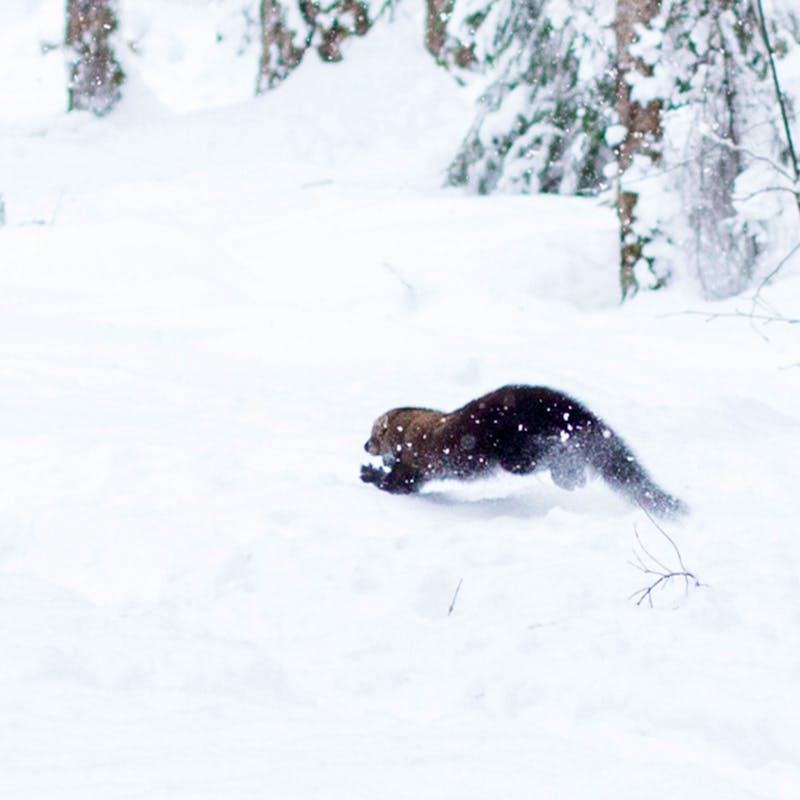Wolf lovers celebrated yesterday the promising news that endangered Mexican gray wolves, also know by their Spanish nickname, lobos, have started to make a comeback. But what does this long-awaited uptick really mean for the lobos’ chance at survival?
I caught up with our Mexican wolf guru and Southwest program director, Eva Sargent, Ph.D, yesterday to find out.
Q: What does the latest count mean for the future of Mexican gray wolves?
ES: It’s a very promising sign! Some 14 pups survived into this year. In order to be counted in the population, the pups have to make it until Dec. 31 of the year they’re born in, so 14 pups is good news. I think that’s what bolstered these numbers. But it’s important to keep in mind that nobody would say that a single population of 50 wolves in the entire world means that the species is safe from extinction.
Q: Defenders often cautions that Mexican wolves are heading to a second extinction in the wild. Why is that, and is it still true after yesterday’s news?
ES: We say a second extinction because Mexican wolves were almost entirely wiped out by bounty hunters through a federal extermination campaign in the early part of the last century. A handful of Mexican wolves were rediscovered in the wild in Mexico in the 1980s, bred in captivity, and then in 1998, the U.S. Fish and Wildlife Service released 11 Mexican wolves back into the wild.
Unfortunately, when you have a population as small as 50, it’s like having all your eggs in one basket.
Unfortunately, when you have a population as small as 50, it’s like having all your eggs in one basket. A sudden disease or natural disaster, such as a major fire, could destroy a pack or worse, or the entire population. In the case of Mexican wolves, that’s the whole species in the wild.
Q: Why should the Fish and Wildlife Service release more wolves into the wild? How will this help?
ES: Releases obviously increase the number of wolves in the wild, but more wolves also mean that new genes will find their way into a pack’s bloodline. This usually makes the population stronger, more fit — giving the lobos a better shot at survival.
Q: In addition to more wolves, what else needs to happen for Mexican wolves to make a full recovery?
ES: A couple of things. The Fish and Wildlife Service needs to…
- Have more resources to stop illegal killings, the number one cause of death for lobos
- Step up work with ranchers, helping them better coexist with wolves
- Finish a recovery plan, or road map, that sets out clear goals for the population based on science and devises a strategy for reaching those goals
Q: What is Defenders doing to help Mexican wolves recover?
ES: We’re continuing and building upon our successful coexistence programs with ranchers. These are cost-share projects that help wolves and ranching coexist. The best ideas often come from our collaboration with ranchers because they have the best knowledge of what’s happening on the ground. Our staff work alongside ranchers in the field on projects, including…
- Hanging fladry, or brightly colored flags, on fences that ward off wolves
- Supporting extra cowboys to watch over livestock
- Supplemental feeding to move cattle away from pastures near wolf dens
Do you have a burning question about Mexican wolves? Comment on this story, and we’ll do our best to answer…
Q: What can readers do to help the lobos?
ES: There are a number of ways to get involved from signing up for action alerts to writing members of Congress. Learn how YOU can help at Defenders’ Action Center.



